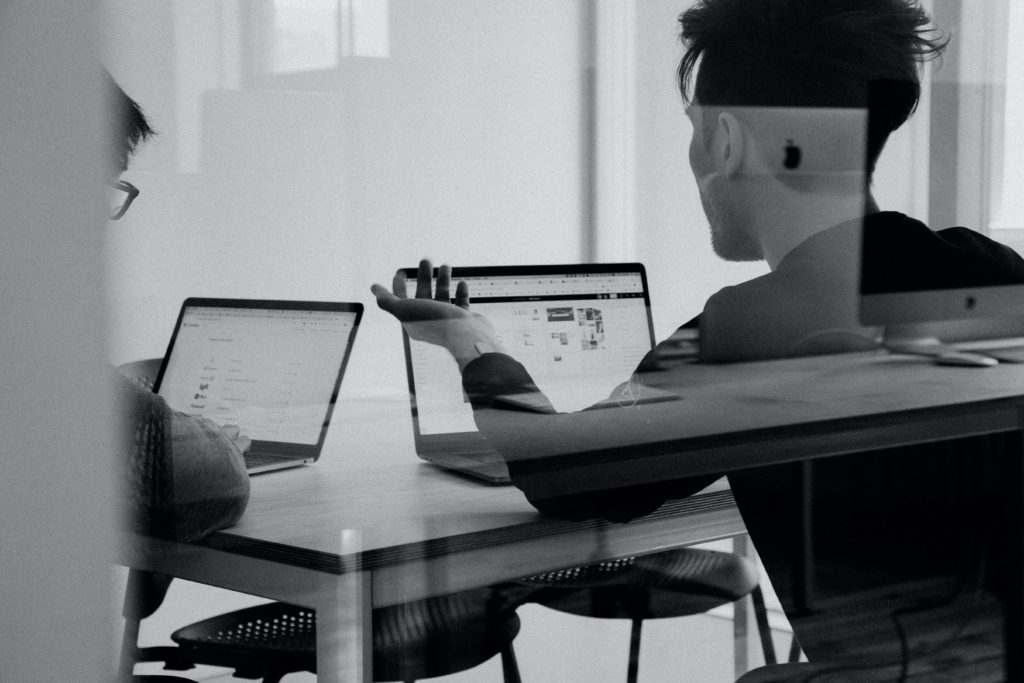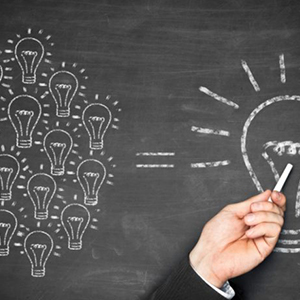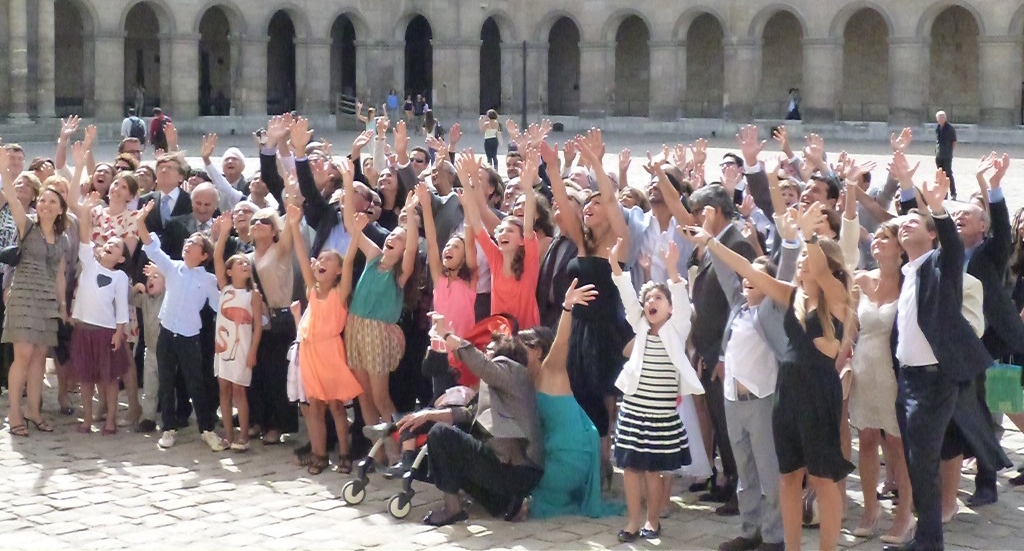My friend Martin told me a story about going to a fabulous art gallery in Vienna with his wife.
Martin is a sculptor so as he walked up the magnificent staircase in the foyer he noticed the marvelous curves and lines of the architecture.
His wife, Gabriella, manages a professional cleaning business. She noticed the cracks in the stairs.

Since my life revolves around helping people persuade others, one-on-one and in auditoriums, when I see presentations I notice different things than other members of the audience.
Here are some things I’ve noticed great presenters do which the amateurs may not even see. They do make a big difference when done.
Great presenters start with Why
Watch Simon Sinek’s talk on TED which was originally called start with Why. It’s been rechristened How Great Leaders Inspire Action.
Great presenters don’t tell you what they are going to tell you before they have given you a terrific set of reasons why you’ll benefit from listening. They may even tell you why they are qualified to tell you.
Great presenters start with a story
Great presenters often start with a personal story which also includes some interesting facts about them and their history. If the story gives you a great reason to listen further, encompassing the
Great presenters find their light

If you want to look like a pro on stage, find your light. If the flip chart is in the dark on stage and you need to use it, move the flipchart.
To know where the light is, get someone to stand in the audience before the show starts and walk around. Get the tech to adjust the lights, or take some tape and mark the stage where the light ends.
If you cannot pre-and cannot adjust the lights, watch the presenter before you and see where they go into shadow. Make a mental note.
For bonus points, when you know where the light and shade is you can use this lack of light to “highlight” things in your presentation.
Just don’t stand in the dark by accident.
Great presenters make it easy for the audience
I watched a very confident presenter this week give an excellent speech. He had clearly been diligent in rehearsing. Except that he had rehearsed without pausing.
So when he asked the audience a question (how many of you would think that’s a great idea?) He didn’t pause long enough for the audience to respond.
A great presenter asks a question and then waits.
…Pauses…
May even repeat the question.
A truly great presenter changes tone from the story story story to the
…pause..
QUESTION
…pause…
And waits for an answer.
She might even anchor an area on first stage from where she asks questions. That way the audience knows when she is about to ask a question.
Great presenters gesture on purpose
I watched a wine sales person explain the characteristics of New Zealand pinots this week. This guy was a genius of gesture.

He used his right-hand to talk about sweetness, and his left-hand to talk about acidity. He compare different grape varieties and wine-growing climates, each time using his left and right hand to show where they sat on the sweetness and acidity scales.
Only his pinot made in his vineyard sat balanced way on the sweet-acid scales.
This was no accident. He was selling his wines. But he made his audience feel smart.
He explained clearly and crisply. He also helped out by giving us all wine to drink while we listened!
Great presenters use their stage
Great presenters step away from the lectern. When we stand behind a lectern we hide our vulnerable parts. This makes the speaker feel safe, but it’s a no-no if you want the audience to like and trust you.
Watch Brene Brown’s TED talks on vulnerability if you need to know why that works.
Brene is famous for saying that the we see vulnerability as courage in others, but perceive it as weakness in ourselves.
Great presenters show vulnerability. And they never stand behind a lectern. They use their whole stage. If the room is big they turn slowly, like a light house, shining their lights to all parts of the audience, not just the middle at the front.
Great presenters use their whole stage because they have anchored places on stage for important emotional states and experiences (joy, delight, frustration, death, birth, love). Places for these stories and places for their explanations. They anchor explanations on stage so we can f easily follow it. They make our brains come alive because they are working both consciously and unconsciously.
There is much more that great presenters do. These are just the things I saw while walking up the metaphorical steps of the metaphorical Art Gallery last week.





